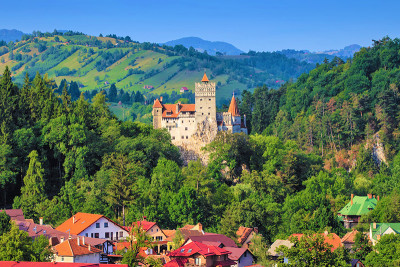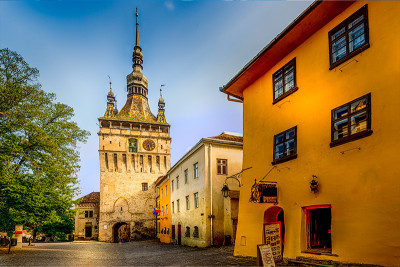When we talk about Maramures, a whole civilization of wood is revealed to us. Here the day begins with the famous Maramures gates and ends with the old wooden churches that have guarded this land for hundreds of years.
Meanwhile, we can not forget the very tasty traditional food, the welcoming people, the traditions and the peace that these places offer.
The people here have a great fun and this extends over the places where they live, not to forget the Merry Cemetery of Sapanta, unique in the world and emblematic for Maramures.
1. Wooden Churches In Maramures
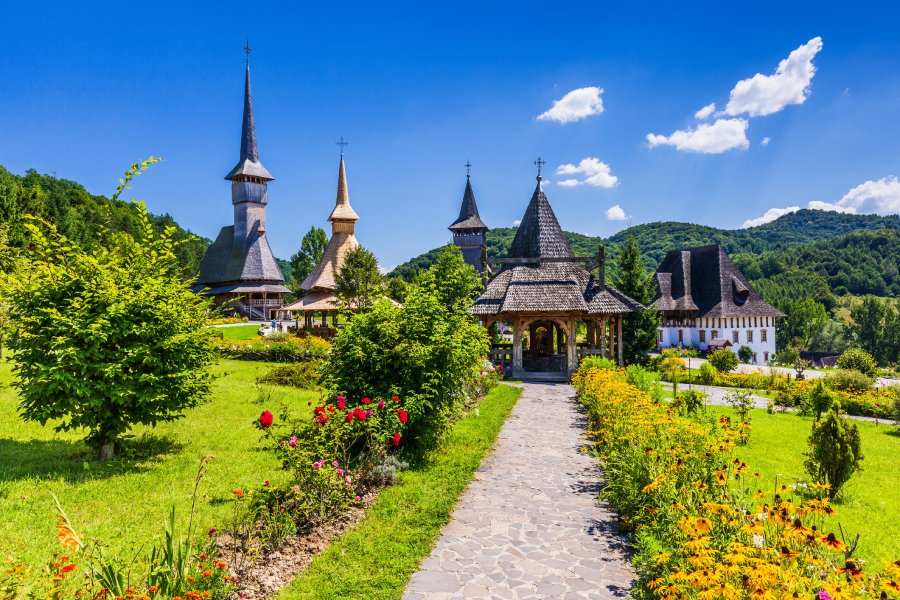
Eight wooden churches, masterpieces of the Maramureş wood architecture, were included in the UNESCO World Heritage in 1999, bringing a remarkable Romanian contribution to the cultural treasure of humanity.
These were considered to be the most beautiful wooden churches in Maramures, representative of the traditional architecture of the Land of Wood – as this area was known. The wooden churches are dated between the 17th and the 18th centuries but, according to the specialists, they would actually represent older architectural styles with centuries.
This is because in many cases the churches were raised to the same place where a church had been, the architectural form and the decorative details being preserved, and repairs or restorations were made gradually by replacing beams or shingles.
2. Breb Village
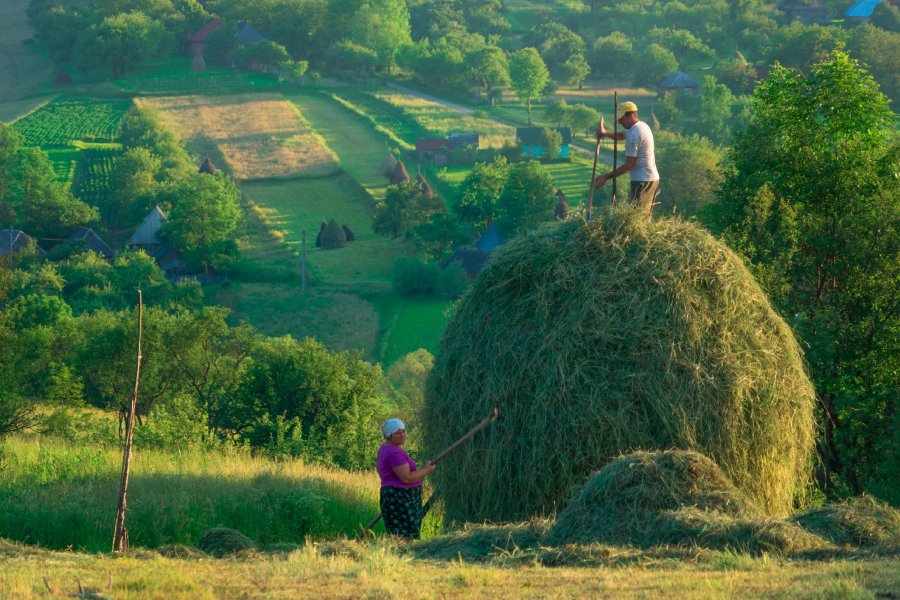
Breb was included in the list of the most beautiful villages in Romania, being one of the most photographed places in the country. And no wonder that the tourists who arrive in this picturesque place in Maramures, especially during the holidays, have the impression that they have returned in time.
The first snowflakes that fall in traditional cottages, but also on old wooden fences and hills turn the village of Breb into a place like in stories. Moreover, the tourists arriving at this wonderful place have the impression that no more beautiful carols are played, and the more tasty and fluffy cakes, like those prepared by the Breb housewives, will not find anywhere anymore.
The locals in the village of Maramures are firm: they do not want to give up the traditions. They go every Sunday with popular crowns to the church.
3. The Museum Of Romanian Peasant Woman
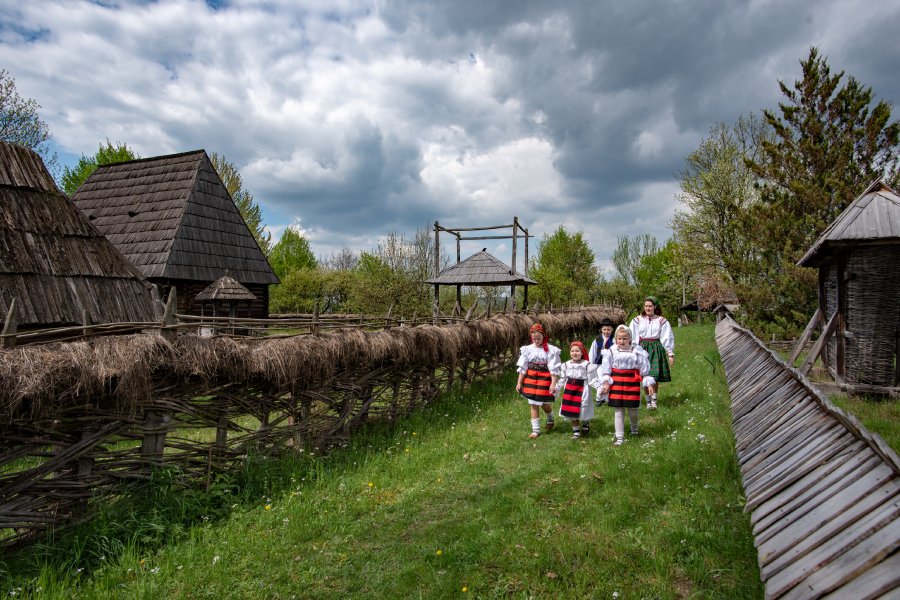
The first museum in the country dedicated exclusively to women is in Maramures. The Museum of Romanian Peasant Woman in Dragomiresti was inaugurated in 2001.
The museum’s house was built in 1720-1721, made of round spruce wood, being the oldest wooden structure on the entire Iza Valley.
The museum is unique in the country and gathers material values that are real proofs of our existence in this legendary space. In the center of Dragomiresti, there is “the corner of heaven”, detached from another century: one of the attractions of, the Romanian Peasant Museum.
Unique in the country, the museum is located in a former peasant household and was set up with the desire to pay tribute to the woman for the important role it has in developing human life.
4. The Merry Cemetery
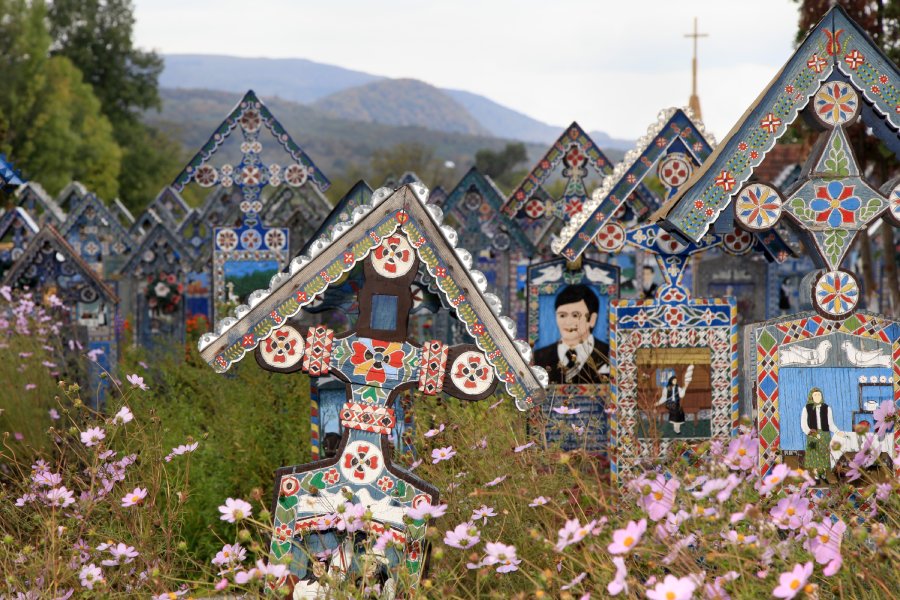
The fame of Sapanta village is drawn from its famous Merry Cemetery, which has become an important tourist attraction. The legend says that a cheerful attitude to death is a custom of the Dacians who believed in eternal life, and death for them was just a move to another world.
The cemetery dates from the mid-1930s and is the creation of the popular artist Stan Ioan Patras, sculptor, painter, and poet at the same time.
Patras’s creativity has brought to light this monumental and renowned artwork. For over 50 years, the artist has created hundreds of wooden crosses inscribed in his characteristic style. After his death in 1977, his work was continued by his disciple Dumitru Pop Tincu.
The material used for crosses is oak wood which is inscribed manually after it has been cut and dried. At the top of each cross, there is a bas-relief with a scene in the life of the deceased. The scenes are simple and we may say naive in style, but bring the lives of the villagers from the past, presenting a relevant aspect in each of their lives.
The images on the cross represent an important scene in the life of the deceased. Sometimes they show the man’s job: forester, hunter, wood cutter, cook, farmer. Women are represented by making bread, weaving carpets, torching the wool.
5. About Monasteries: Voronet Monastery, Moldovita Monastery, Sucevita Monastery, Barsana Monastery
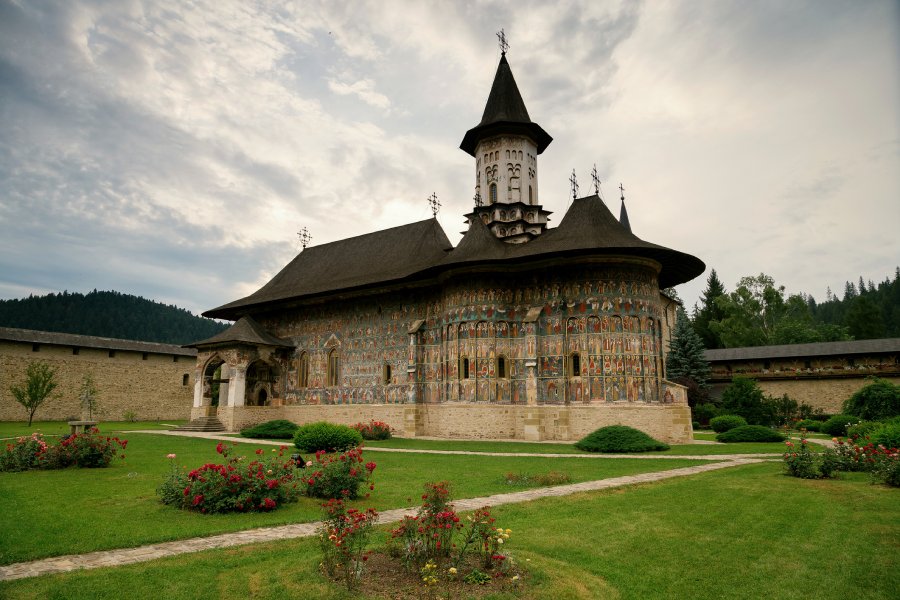
In the center of a village located at the foot of the Carpathians, on the sober green pool of the fir forest, stands a simple church with the exterior walls decorated in frescoes – Voronet Monastery. The edifice appears to be a lightly illuminated Gospel. This is what the anonymous painters and those who commissioned these paintings longed for: the walls taped with frescoes had to show the eyes of the seers the teaching of Scripture.
Moldoviţa Monastery should not be missed by tourists who want to visit the beautiful monasteries of Bucovina. The place of worship is located in the north of Suceava County and is visited annually by hundreds of thousands of Romanian or foreign tourists.
The Sucevita Monastery is a historical monument of our country dating back to the end of the 16th century. Situated in the Sucevita village, southwest of Rădăuţi, the monastery honors Suceava, an important economic center of Romania, and also a crossroads of roads.
The Barsana Monastery is one of the landmarks in Maramures. The reason is both a beautiful church inside the ensemble and the rest of the wooden buildings made by the craftsmen of Maramureş. The church of Bârsana monastery is one of the highest wooden churches in Romania, with a height of 57 m. Also in Barsana there is a second place of UNESCO World Heritage.
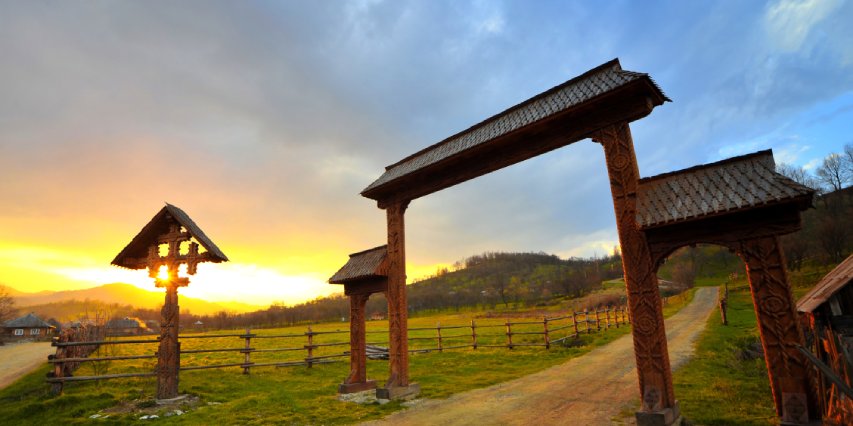
 ES
ES
 IT
IT
 DE
DE
 FR
FR
